Freestanding showcases are widely applied in museums and exhibitions
Freestanding showcases are widely applied in museums and exhibitions for their self-supporting and mobility. There are three genres of freestanding showcase: column freestanding showcase, cabinet freestanding showcase and table freestanding showcase.
Column pedestal freestanding showcase is named after its column-like outlook. It usually consists of a transparent glass top and a solid opaque pedestal. This type of showcase is often designed into simple and light style, which is modern and chic. They are most popular in contemporary exhibitions within museums. Column freestanding showcases not only excel in their beauty, but also stand out for excellent utility.
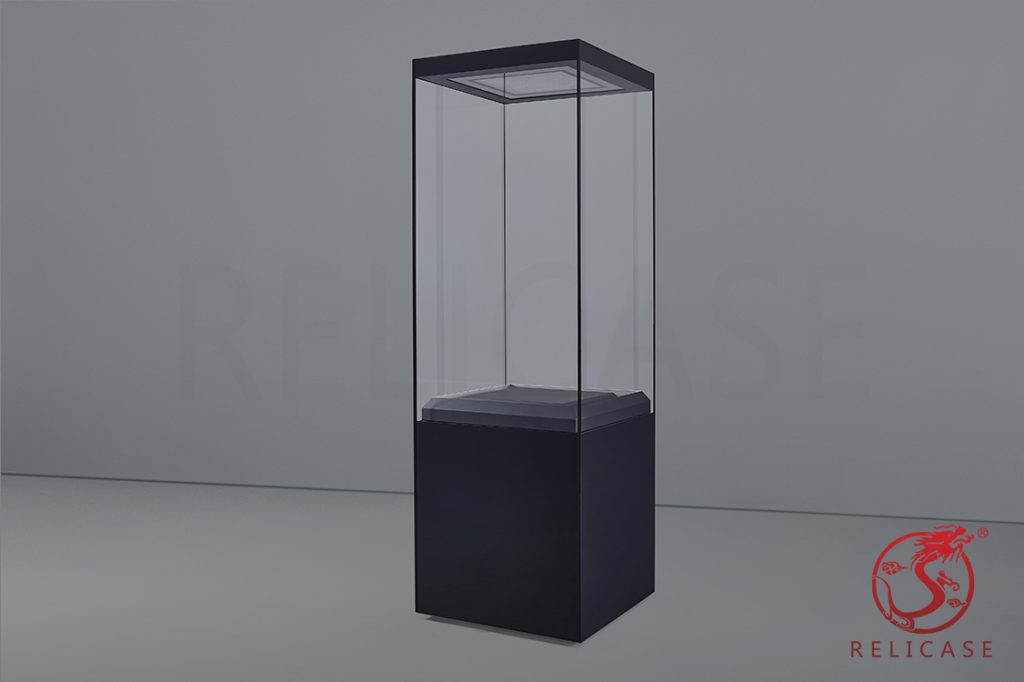
Appearing in slender figures, column freestanding showcases can be quite versatile. They can be displayed individually and in clusters. As in the case of Royal Brunei Islamic Museum, multiple column freestanding showcases are displayed in matrix. Thanks to the simple and light look of column cases, the exhibition delivers an air of order instead of crowded. Apart from this, column showcases are also easy to mobile, can be fitted into various exhibiting spot when needed. No wonder they are so popular in museums.
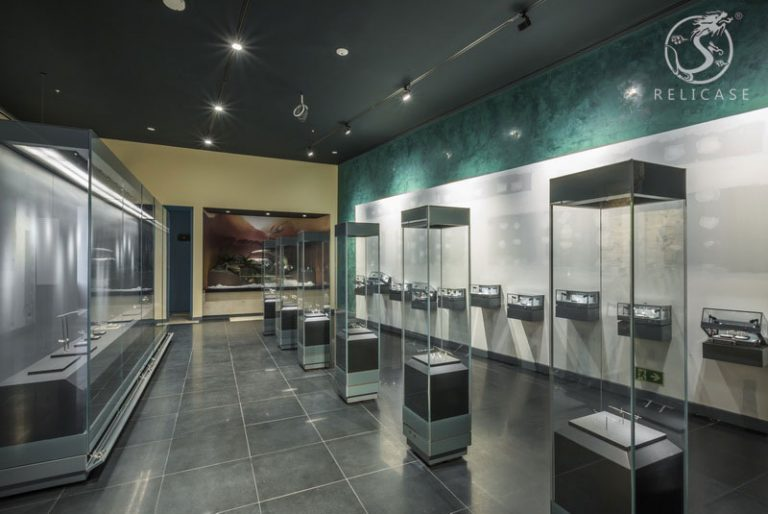
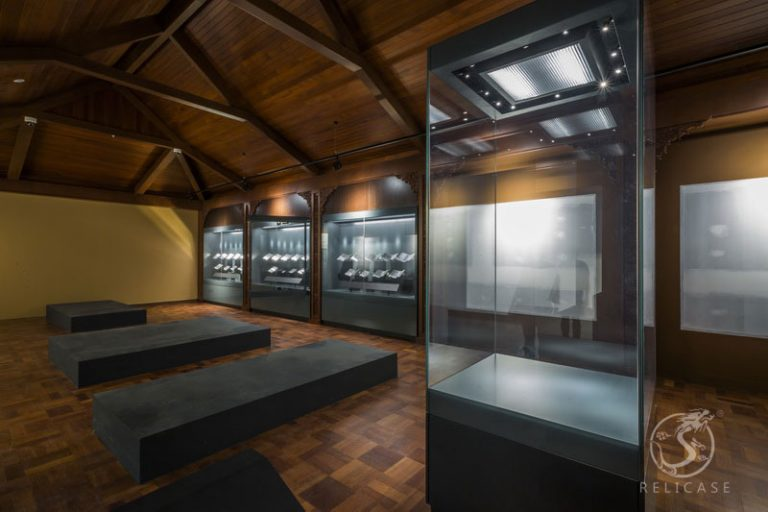
Last News
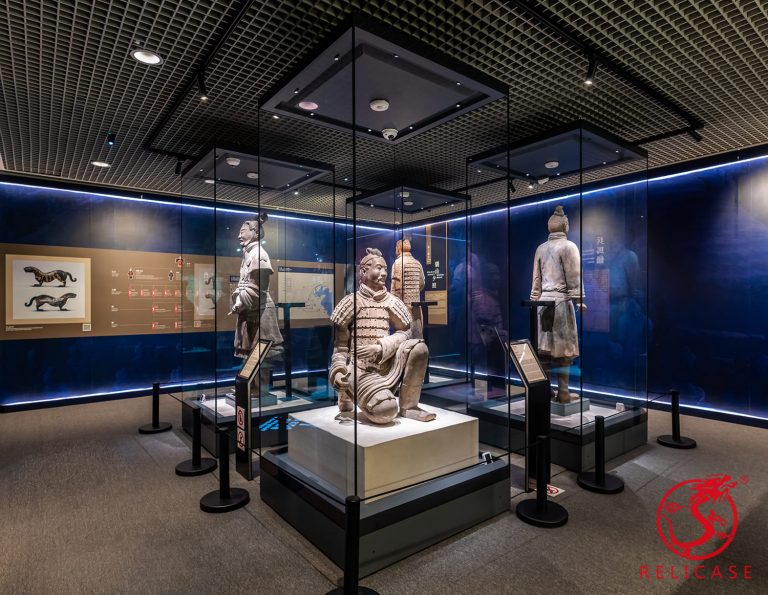
Relicase at Macau Museum: Safeguarding Heritage, Celebrating Legacy
Macau Museum: “Edification of the Masses — Cultural Treasures from the Zhou, Qin, Han, and Tang Dynasties” A Landmark Embraces Innovation The Macau Museum stands proudly atop the historic Mount Fortress, next to the famous Ruins of St. Paul’s. As an iconic symbol of Macau’s history and multicultural heritage, it now embraces the touch of…
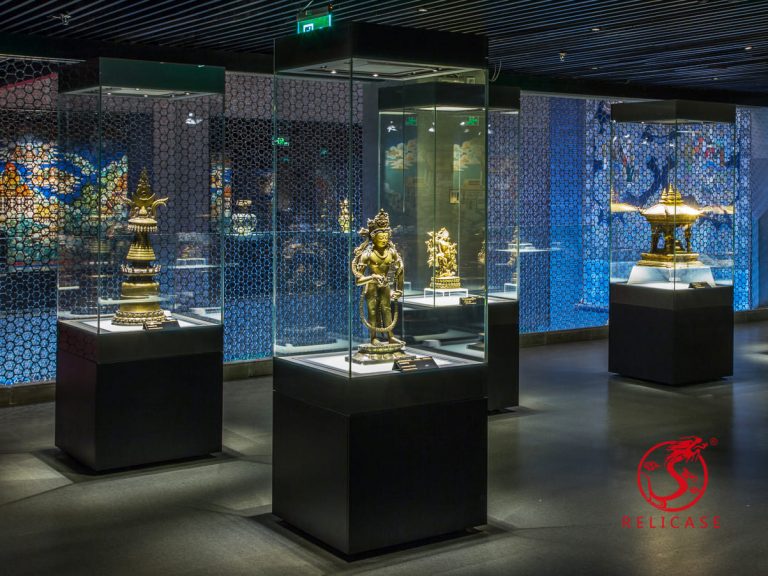
Potala Palace
Abstract On April 26, 2017, Relicase completed the showcase project for the Treasure Hall of the Potala Palace in Tibet. The Collections Hall spans three floors and is divided into two major sections, showcasing a total of 273 individual artifacts and replicas, as well as 155 sets of artifacts (or 159 sets, including 147 sets…
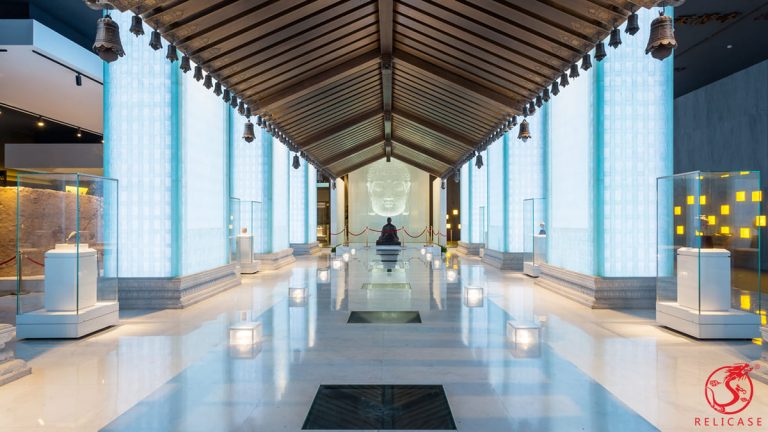
Porcelain Tower of Nanjing
Abstract The Porcelain Tower of Nanjing, named and constructed by Emperor Yongle of the Ming Dynasty to honor his parents’ boundless love and virtue, stands as a symbol of filial piety. Celebrated in Du Mu’s poetic lines, “Four hundred and eighty temples of the Southern Dynasties, how many pavilions linger in the mist and rain,”…
